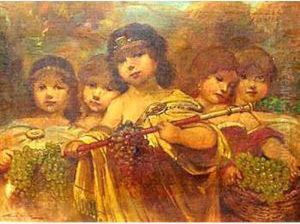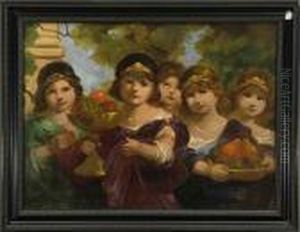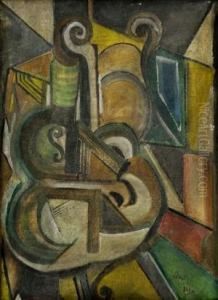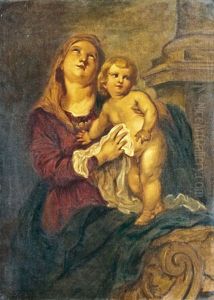Zoltan Veress Paintings
Zoltan Veress was a Hungarian-born artist primarily known for his contributions to photography, graphic design, and typographic design. Born on June 14, 1906, in Hungary, Veress developed an interest in visual arts at an early age. His work was greatly influenced by the European avant-garde movement, which included constructivism, Bauhaus, and modernism, as well as by his Hungarian heritage.
In his early years, Veress studied at the Hungarian Royal State School of Applied Arts, where he learned various techniques and aesthetics that would become central to his work. He was particularly interested in the intersection of art and technology, and this interest guided much of his career. Veress was not just a practitioner of art but also an educator, teaching at the Institute of Applied Arts in Budapest.
Throughout his career, Veress worked in various mediums but was particularly recognized for his photography. He was adept at capturing the essence of his subjects, often focusing on the interplay of light and shadow. His work in typographic design was also significant, and he contributed to the development of innovative typographic styles and font designs that were ahead of their time.
During the Second World War, Veress’s career was inevitably impacted, and like many artists of his era, he faced numerous challenges. Nevertheless, he continued to work and create, adapting to the changing social and political landscape. In the later years of his life, Veress's contributions to art were recognized by several institutions, and he became an influential figure in Hungarian art history.
Zoltan Veress passed away on April 10, 1999. His legacy lives on through his artworks and the many students he inspired during his tenure as an educator. His work is held in various collections and has been exhibited posthumously, allowing new generations to appreciate his vision and artistry.











